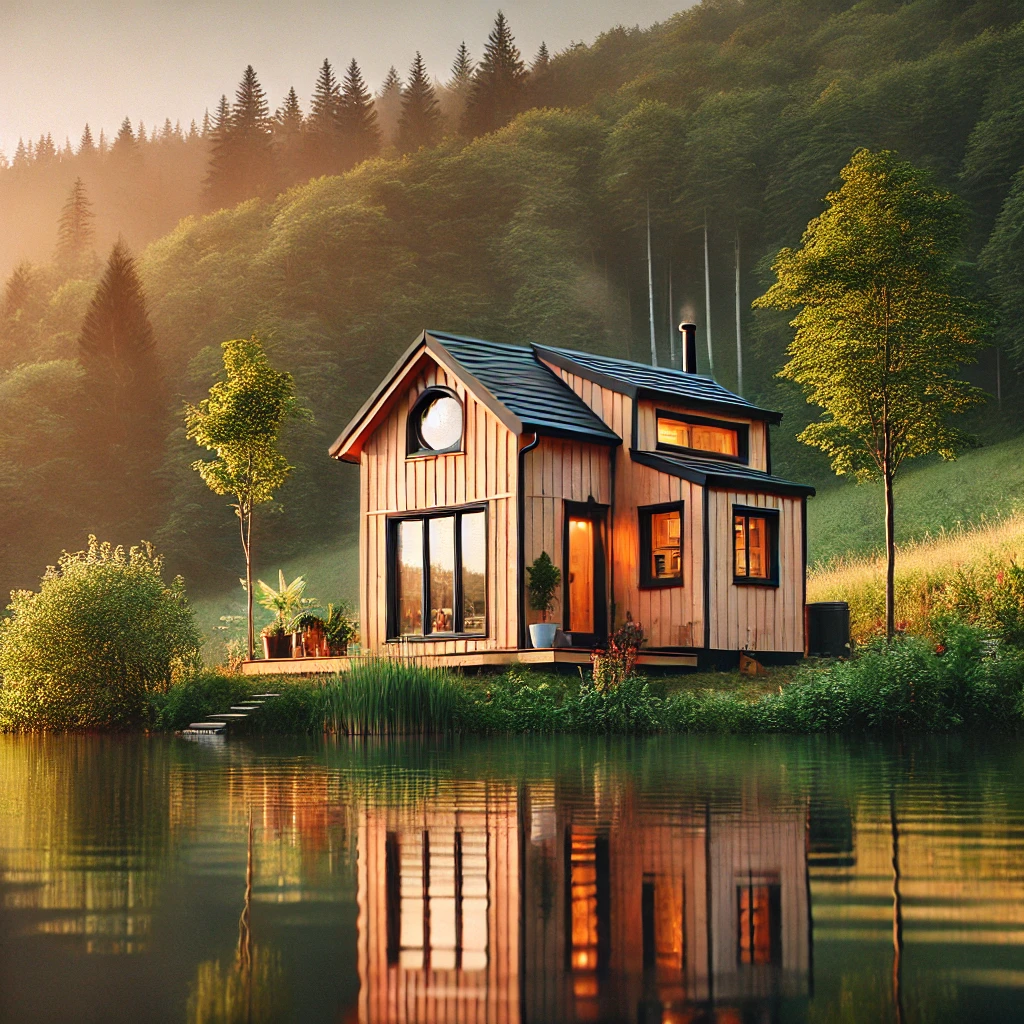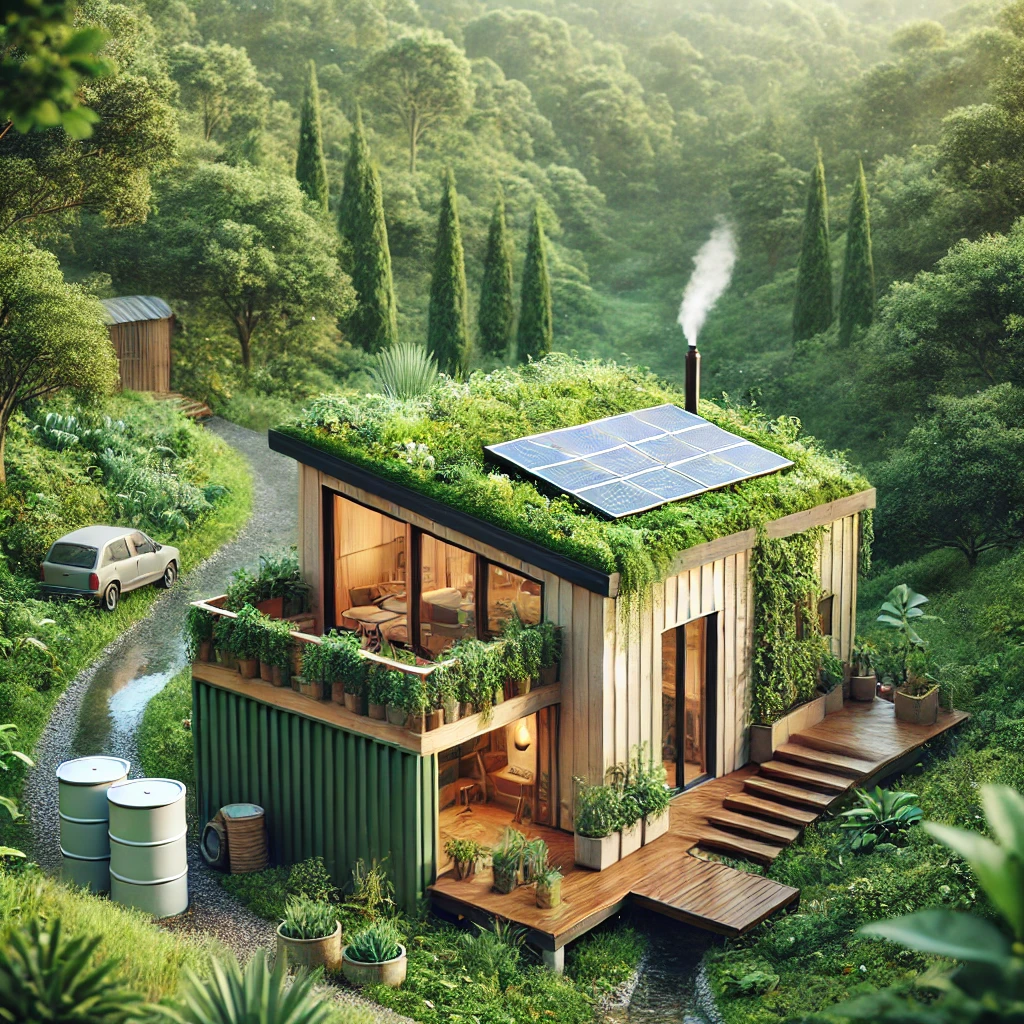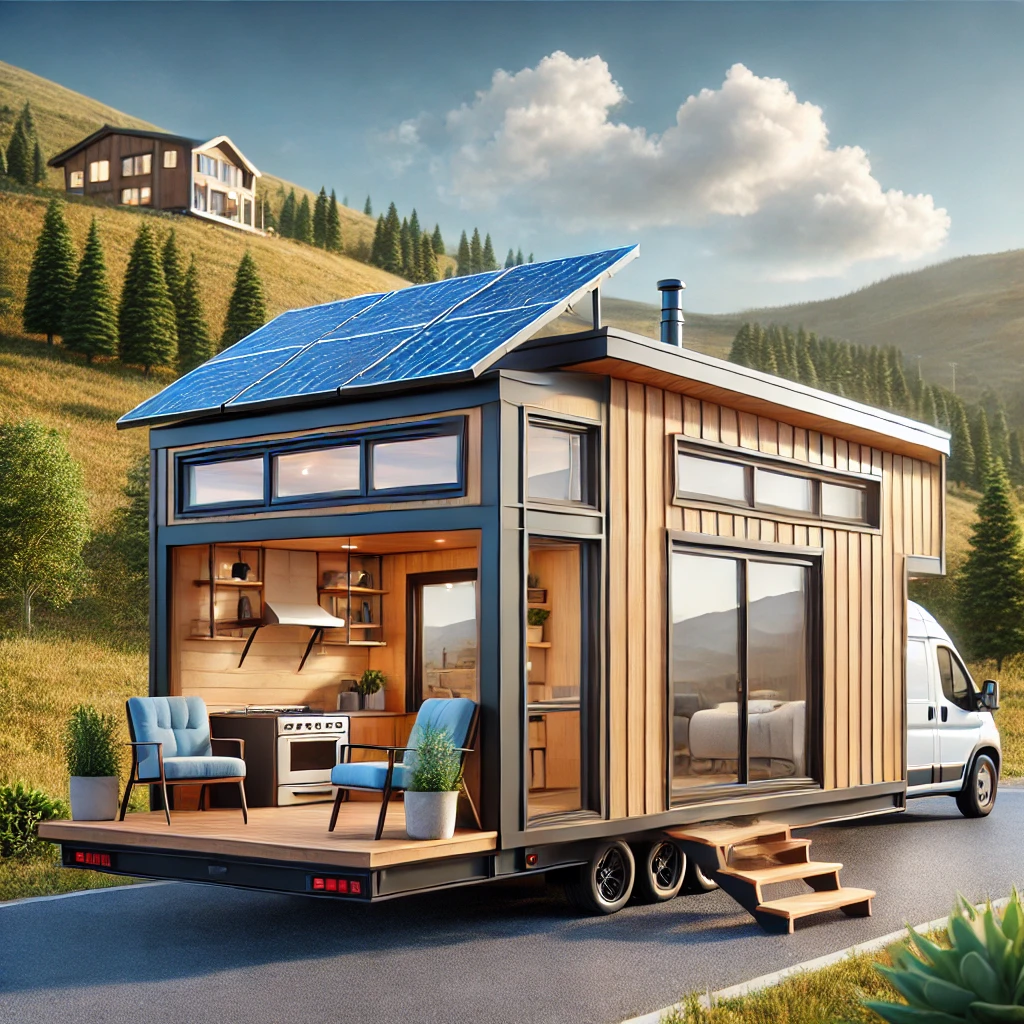The tiny house movement has gained widespread popularity, not just for its minimalist appeal but also for its potential to promote eco-friendly living. For those who wish to reduce their environmental footprint, tiny houses offer an ideal solution. These compact dwellings are designed to be energy-efficient, sustainable, and in harmony with nature. Eco-friendly tiny house living is more than just a trend; it is a conscious lifestyle choice that embraces simplicity and sustainability.
Why Choose Eco-Friendly Tiny House Living?
Living in an eco-friendly tiny house provides numerous benefits, both for the environment and for the homeowner. Here are some compelling reasons to consider making the switch:
- Reduced Energy Consumption Tiny houses naturally consume less energy due to their smaller size. Heating, cooling, and lighting a tiny home require significantly less power compared to a traditional home. Many eco-friendly tiny houses are equipped with energy-efficient appliances, LED lighting, and solar panels, further reducing their energy footprint.
- Sustainable Building Materials Eco-friendly tiny homes are often constructed using sustainable materials such as reclaimed wood, recycled metal, and eco-friendly insulation. These materials not only reduce the environmental impact of construction but also contribute to the overall health of the home by minimizing the use of toxic chemicals and improving indoor air quality.
- Minimal Water Usage Water conservation is another key aspect of eco-friendly tiny house living. Many tiny homes are equipped with low-flow faucets, composting toilets, and greywater systems that reduce water usage and minimize waste. Rainwater harvesting systems are also commonly integrated, providing a sustainable water source for daily needs.
- Smaller Carbon Footprint By downsizing to a tiny home, homeowners automatically reduce their carbon footprint. The smaller living space encourages a minimalist lifestyle, with less emphasis on material possessions and more focus on sustainable living practices. This shift leads to a more mindful approach to consumption and waste, further benefiting the environment.
- Connection to Nature Eco-friendly tiny homes are often designed to blend seamlessly with their natural surroundings. Large windows, open floor plans, and outdoor living spaces encourage a connection to the outdoors. This lifestyle fosters a deeper appreciation for nature and inspires homeowners to live more sustainably.
Key Features of Eco-Friendly Tiny Homes
Eco-friendly tiny houses are designed with sustainability at the forefront. Here are some key features that set them apart:
- Solar Power Many eco-friendly tiny homes are powered by solar energy. Solar panels can be installed on the roof or on a portable array, providing a renewable energy source that reduces reliance on fossil fuels. Some tiny homes are even designed to be off-grid, relying solely on solar power for electricity.
- Green Roofing Green roofs are an innovative feature that can be incorporated into eco-friendly tiny houses. A green roof is covered with vegetation, which helps to insulate the home, reduce stormwater runoff, and improve air quality. It also adds a beautiful, natural aesthetic to the home.
- Energy-Efficient Windows Windows play a crucial role in maintaining the energy efficiency of a tiny home. Double or triple-glazed windows with low-emissivity coatings help to keep the home warm in winter and cool in summer, reducing the need for artificial heating and cooling.
- Sustainable Insulation Proper insulation is essential for maintaining a comfortable temperature in a tiny home. Eco-friendly insulation materials such as sheep’s wool, cellulose, or cork are commonly used to provide effective insulation while minimizing environmental impact.
- Water Conservation Systems Eco-friendly tiny homes often include systems designed to conserve water, such as rainwater harvesting, greywater recycling, and composting toilets. These systems reduce water usage and help to create a more self-sufficient home.
Conclusion
Eco-friendly tiny house living is an excellent choice for those who want to embrace a sustainable, minimalist lifestyle. By reducing energy consumption, using sustainable materials, and incorporating innovative green technologies, eco-friendly tiny homes offer a way to live in harmony with the environment. Whether you are looking to downsize, live off-grid, or simply reduce your carbon footprint, an eco-friendly tiny house provides the perfect blend of simplicity and sustainability.




Leave a Reply